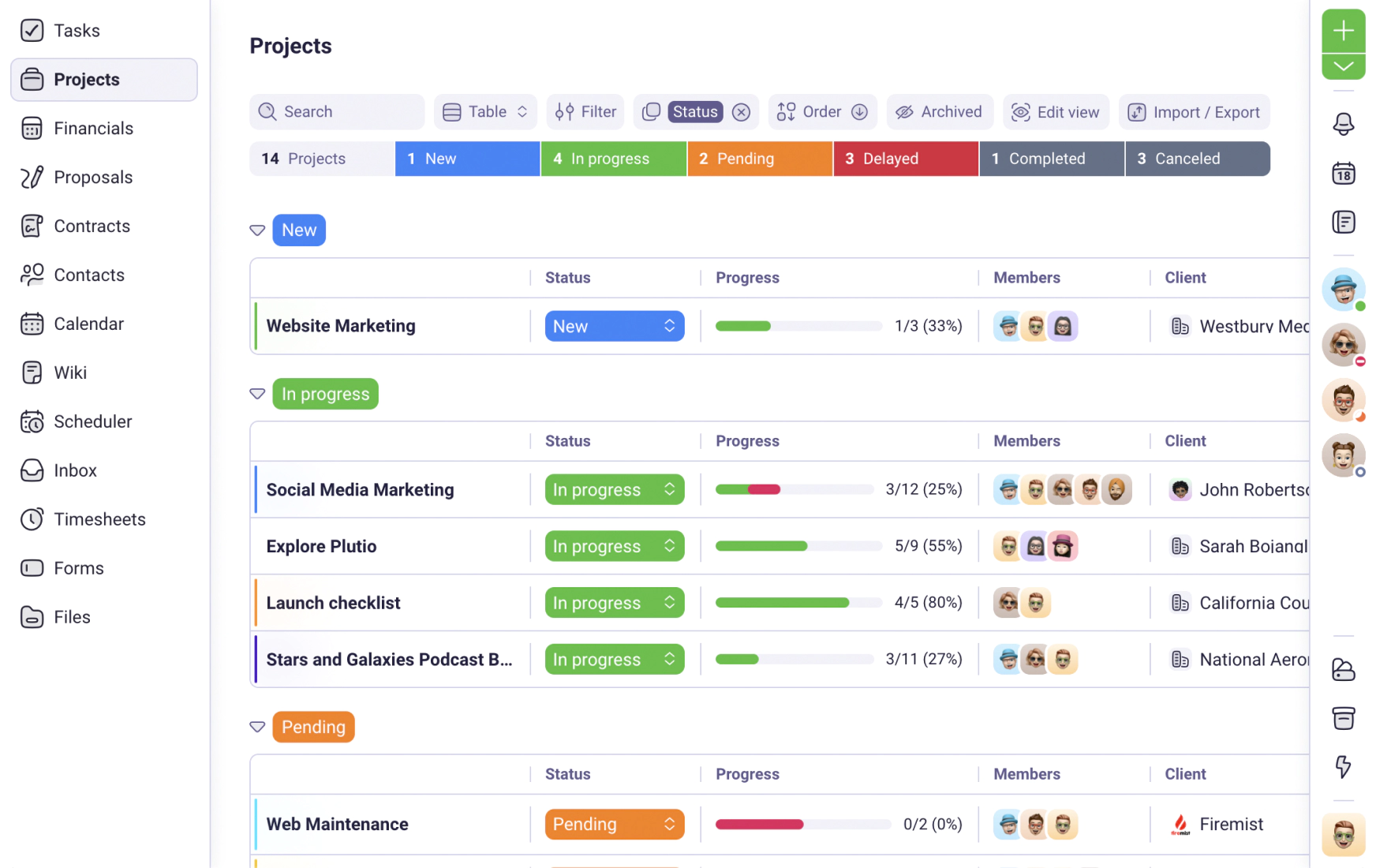We use cookies to personalise and enhance your experience.
Most of us (if not all) got into content marketing to harness our creative juices while also making a positive impact on the businesses and clients we serve. From idea to final product and promotion, content marketing is often a very rewarding process.
Sadly, there are some menial tasks to the creation of digital content that are mind-numbing and often overlooked. One of these tasks is the creation of the content’s metadata
A few things that break when you have missing or incomplete content metadata include:
- Your website’s search tool will be limited and might not show all the search results it should
- You may not qualify for featured snippets, “people also ask” and other stand-out elements on external search engines
- People with disabilities may have poor digital experiences with your brand
Here are some more specific details on the examples above:
Enriching your own site’s search and filtering functionality
Website freeform and faceted search are standard to websites especially e-commerce and media sites. Every product in your catalog and article or video on your site has metadata (also referred to as attributes) and they are attached to the filters and search utilities. If metadata is overlooked, key products may be missing when your user selects a specific search selector, or your articles, videos, etc. may not show up when a user runs a search query on your site.
Anywhere you can enter additional details about your content, you should. Even though it all doesn’t necessarily display publicly to people, it’s utilized to make sure that the content itself is displayed everywhere it should be including search results. It also helps support the dynamic and related content/product features of your site as well.
Meeting search engine requirements
Not only does your site’s search engine benefit from complete content metadata, so do the search engines. For many marketers, this is arguably more important than your own search utility. Without this metadata, you’re lessening your chances of solid visibility on Google, Bing, etc.
Think of structured data as another form of metadata in this example. Structured data are all the attributes of your main piece of content. And Google uses your structured data via Schema.org to call out specific pieces of content to enrich its own results pages with things like featured snippets, product ratings, etc. If you’re in content marketing, it’s likely you’re aware of the importance of SEO as well and this structured data/metadata attached to your core piece of content supports those optimization efforts.
Make your content friendlier for people with disabilities
With the proliferation of all things digital, the need to make your content accessible to everyone has become both paramount and challenging. Unfortunately for many, the race to produce high volumes of content causes neglect in certain areas, one being adherence to standards, including required metadata, for digital content accessibility.
While the Web Content Accessibility Guidelines (WCAG) may not be in your direct responsibility as a content creator or marketer, perhaps assigned to your web administrator or another technical resource at your company, it would be valuable to review. Start with the At-A-Glance section here to get started understanding different components of web accessibility, especially the Perceivable section that recommends alternatives and values I would consider as metadata to the core content.
Conclusion
These are just a few ways that rich content metadata can make your content development and marketing efforts even more valuable to whoever is measuring it. So next time you’re in your CMS or other media management platform, make sure you input all these extra valuable fields of data so that your content consumers have a better shot at finding and enjoying your content.
Author bio: Michael Shearer has been fortunate to work in the digital field for more than 20 years – with an expansive career in digital marketing, analytics, operations and more. He is currently the Senior Director of Digital Strategy and Innovation at Claravine. He holds advanced degrees in Information Systems and Management from Drake University and American Public University. Michael resides in Maryland with his wife and 5 children.
Have you tried Plutio yet?
The only app you need to run your business and get work done.
Try Plutio for FREESupercharge your business
The complete toolkit to run your business
The intuitive all-in-one solution to manage and collaborate on projects, share files, build forms, create proposals, get paid, and automate your workflow.
No credit card required


